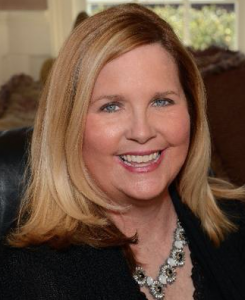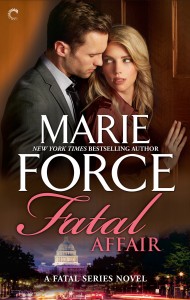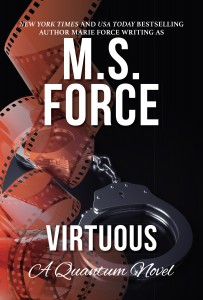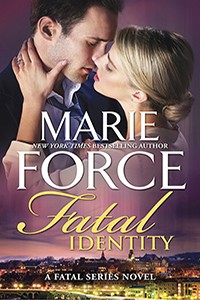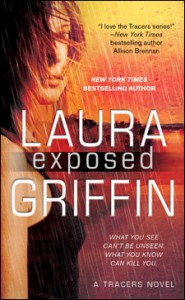Dear Readers…
Love is in the air! It’s Valentine’s Day, and in the spirit of red roses and love notes, I want to share a tip about writing romance….
One way to get insane romantic tension in a story, whether for teens, new adults, or full adults, is to let your characters hook up early in the story rather than keep them apart. The nature of that “hook up” depends on your story’s steam level and your audience, of course, but the strategy is the same for all of them: Give your characters a taste for the lovin’, get them to crave more… then tease ‘e m along by REFUSING to let them hook up again for a good, long while. Sure, they can get in a quick kiss here and there, make a promise or toss innuendos or even make a date, but don’t allow them to fully hook up again until they’re ready to burst. That kind of physical tension is electric. Every touch and conversation makes them crazier for each other, so when they do finally get together again, it’s an explosion. So that’s my Valentine’s Day tip: Let them DO it, then FORBID it.
Happy Valentine’s Day!
The Editor
The Editor, Deborah Halverson, has been editing books for over 25 years and specializes in Middle Grade/Young Adult fiction and nonfiction, New Adult fiction, and picture books. For her editorial guidance in making your manuscript ready for submission to agents and publishers or for self-publishing, click Editorial services. Learn more in her books: Writing Young Adult Fiction for Dummies and Writing New Adult Fiction.
